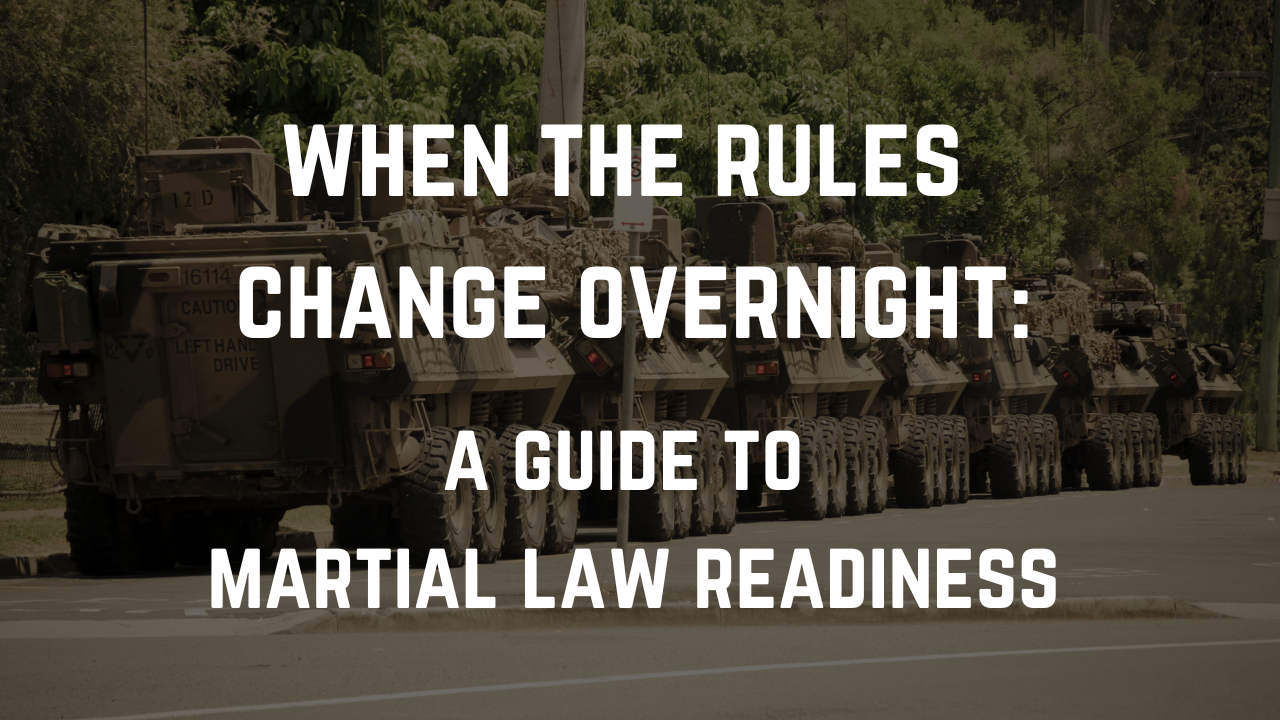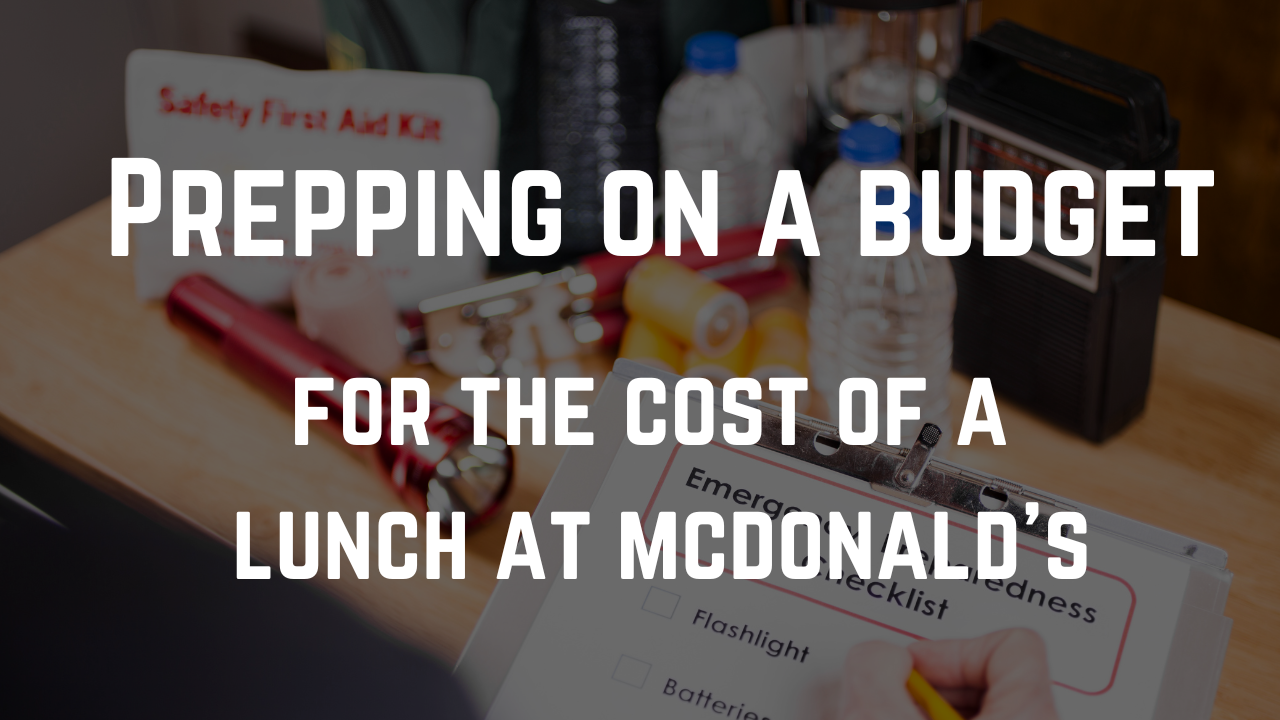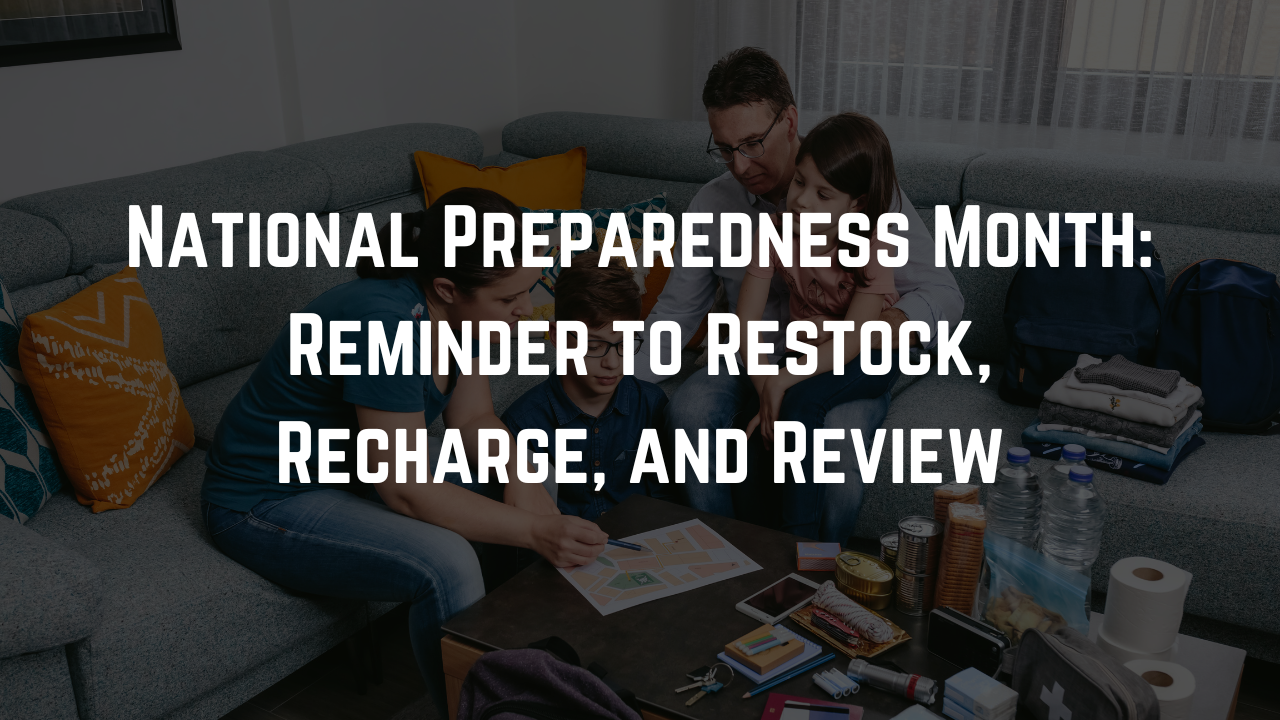
When disaster strikes, having a clear evacuation plan can mean the difference between panic and purposeful action. Yet most of us put off creating one because it feels overwhelming or, let’s be honest, a little scary to think about. The good news? Building an effective evacuation plan doesn’t have to be complicated – and it’s one of the most empowering steps you can take to protect yourself and your loved ones.
In this guide, we’ll walk through how to create an emergency evacuation plan that actually works when you need it most. And here’s a hint: the secret isn’t stockpiling supplies or becoming a survival expert – it’s about smart planning and clear communication.
Why Traditional Evacuation Plans Often Fail
Many evacuation plans look great on paper but fall apart in real emergencies. Why? They’re usually:
- Too complicated to remember under stress
- Not practiced regularly (or ever)
- Missing crucial details about meeting locations
- Not accessible when you actually need them
- Created without input from everyone involved
The result? When emergencies happen, people freeze or make decisions based on panic rather than preparation.
Step 1: Map Your Meeting Spots (The Most Overlooked Step)
The single most important element of an effective evacuation plan is establishing clear meeting locations at increasing distances from your home. This creates a flexible system that works for different emergency scenarios.
Meeting Spot #1: Just Outside Your Home
This is where everyone should gather immediately after evacuating your house or apartment. Choose a spot that’s:
- Easily visible
- A safe distance from your building (at least 50-100 feet)
- Away from where emergency responders would need access
- Easy to reach from all exits
Good examples include a specific neighbor’s driveway, a large tree at the edge of your property, or a street sign at the corner.
Meeting Spot #2: Outside Your Neighborhood
If your immediate area isn’t safe (think gas leak or wildfire), you need a secondary location that’s walkable but outside the impact zone. This spot should be:
- 0.5-1 mile from your home
- Easily identifiable and accessible to all family members
- Open during emergencies (avoid businesses that might close)
- Somewhere you can wait comfortably for several hours
Consider places like a community center, library, specific park bench, or a trusted friend’s home within walking distance.
Meeting Spot #3: Outside Your City
For larger evacuations, designate a meeting point that requires transportation but is still relatively close:
- 15-30 miles from your home
- Accessible by multiple routes
- Familiar to everyone in your household
- Ideally with facilities (restrooms, shelter)
Good options include shopping centers, rest stops, or relatives’ homes in neighboring communities.
Meeting Spot #4: A Few Hours Away
For regional disasters, establish a distant meeting location:
- 2-4 hours from your home
- In a different direction from likely evacuation flows
- Somewhere with accommodation options
- Ideally the home of a friend or family member
Step 2: Create Clear Evacuation Routes
Knowing where to go is only half the battle – you also need to know how to get there.
For Each Meeting Spot, Map Out:
- Primary route – The most direct way there
- Secondary route – An alternative if the primary is blocked
- Walking route – How to reach it if vehicles aren’t an option
Pro tip: Actually drive or walk these routes before an emergency. What looks straightforward on a map might be confusing in person, especially if you’re stressed.
Document Your Routes:
- Save digital copies on everyone’s phones
- Keep printed copies in your go-bags and vehicles
- Mark them on physical maps stored with emergency supplies
- Include notes about potential obstacles (bridges, flood zones, etc.)
Step 3: Build Your Emergency Contact Strategy
When emergencies happen, communication networks often become overloaded or fail completely. Create a contact plan that doesn’t rely on a single method.
Local Contacts
These are people within your community who can help with immediate needs:
- Neighbors who can check on your home
- Local friends who might provide temporary shelter
- Nearby relatives who could assist with evacuation
Out-of-Area Contacts
Designate at least one person who lives in another region as your family’s primary contact. Often, long-distance calls work when local calls fail. This person becomes your family’s “message center” during emergencies.
Everyone in your household should:
- Know this person’s phone number by heart
- Contact them as soon as possible during an emergency
- Relay their location and status
- Get updates about other family members
Emergency Services and Important Numbers
Create a list of essential contacts:
- Local emergency services (may not be 911 in all areas)
- Utility companies
- Insurance providers
- Medical providers
- School emergency lines
- Pet emergency services
Step 4: Customize for Your Specific Needs
Your evacuation plan should reflect your unique living situation. Consider these factors:
Dwelling Type:
- Houses: Check our home preparation guide
- Apartments: Special considerations for multi-unit buildings
- Condos: Navigating shared spaces and HOA policies
- Student dorms: Working within institutional evacuation procedures
- RV/Mobile homes: Plans for those with mobile living situations
Regional Risks:
- Wildfires: Evacuation guidance for fire-prone areas
- Extreme weather: Cold weather evacuation considerations
- Flooding: Include waterproof containers for documents and electronics
Step 5: Practice Makes Prepared
The most comprehensive plan is useless if you can’t execute it when it matters. Regular practice transforms theoretical knowledge into muscle memory.
Conduct Evacuation Drills:
- Time how long it takes to get everyone out of the house
- Practice at different times of day
- Try different scenarios (blocked exits, nighttime, etc.)
- Actually travel to your meeting spots
- Practice without cell phones
Scenario-Based Questions:
During family meals or car rides, pose “what if” scenarios:
- “What if we get separated at the mall during an emergency?”
- “What if there’s a fire when I’m not home?”
- “What if cell phones aren’t working?”
These conversations normalize emergency thinking without creating anxiety.
Coming Soon: The Ready for Unsteady App
We’re excited to announce that we’re developing a personal disaster plan builder that will make creating and managing your emergency plans easier than ever.
The upcoming Ready for Unsteady App will allow you to:
- Create customized plans based on your dwelling type and local disaster risks
- Store emergency contacts, evacuation routes, and meeting spots securely
- Switch to emergency mode with one tap to activate flashlight, SOS alarm, and location sharing
- Connect with trusted contacts during emergencies
Stay tuned for our launch by visiting our website and signing up for updates.
Final Thoughts: Why This Matters
Creating an evacuation plan isn’t about living in fear—it’s about creating peace of mind. When you know you have a solid plan in place, you can focus on living your everyday life without the background anxiety of “what if.”
The most effective emergency preparations aren’t the most elaborate ones—they’re the ones you’ll actually remember and use when needed. Keep your plan simple, practice it regularly, and make sure everyone involved understands their role.
Ready to get started? Begin by identifying your four meeting spots today, then work through the rest of the steps at your own pace. Your future self will thank you.
For more resources on building resilience for whatever life throws your way, check out our comprehensive preparedness guides.
Remember: You don’t have to be a doomsday prepper to be prepared. Small steps taken today can make all the difference tomorrow.


